How will the death of the milky Way?
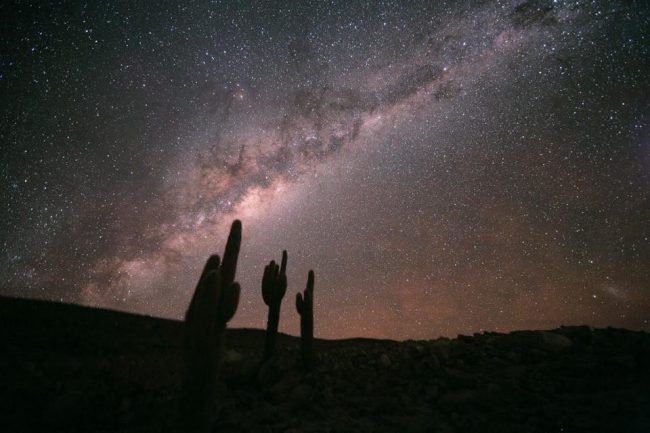 Source:
Source:
We are on the Earth another billion or two years before the oceans boil and the planet will become uninhabitable. The sun will heat up, turn into a red giant, burn the fuel in the core, will inflate their outer layers and shrink into a white dwarf. But there will be new stars that will Shine and keep the galaxy alive and well in the distant future. One day our galaxy the milky Way will cease to exist. Over time the stars will remain, will not remain their remains and even black holes. This is the cosmic story of our home in space.
The Cosmic story of the death of our galaxy begins here and now. We can blindly look around, thinking that the milky Way (#1), Andromeda (#2, our older sister) and a bunch of unknown — our cosmic neighbors — this is our house, but it is just so much more. It's time to explore what else is around us. Went.
#3. Galaxy Triangle
With a mass of approximately 5% of the mass of the milky Way, it is the third largest galaxy in the local group. It has a helical structure, its own satellites and could be a satellite galaxy of Andromeda.
#4. Large Magellanic Cloud
This galaxy is just 1% of the mass of the milky Way, but is the fourth-largest in our local group. It is very close to our milky Way less than 200,000 light years from us — and it is an ongoing process of active star formation, since tidal interaction with our galaxy lead to the collapse of gas and cause a new, hot and large stars in the Universe.
#5 – 7. The small Magellanic Cloud, NGC 3190 and NGC 6822
They All have a mass of from 0.1% to 0.6% of the milky Way (and it is not clear which one is bigger) and all three are separate galaxies. Each of them contains more than a billion solar masses of material.
#8 – 9. Elliptical galaxies M32 and M110
They may be "only" satellites of Andromeda, but in each of them more than a billion stars, and at mass they may even exceed the numbers 5, 6 and 7.
In addition, there are at least 45 other known galaxies are the smaller components of our local group. Each of them has a halo of dark matter surrounding it; each of them gravitationally bound to another located at a distance of 3 million light years. Despite their size, mass, and size, none of them will remain in a few billion years.
As time passes, galaxies interact gravitationally. They not only shrink due to gravitational attraction, but also interact with tidal. Usually we're talking about tides in the context of the moon attracting the earth's oceans and creates the tides, and this is partly true. But from the point of view of the galaxy tide — it is less visible process. Part of a small galaxy, which is close to a, will be pulled with a greater gravitational force, and the part farther away will have less attraction. The result is a small galaxy will stretch and eventually break under the influence of gravity.
Small galaxies that are part of our local group, including the two Magellanic clouds and dwarf elliptical galaxies will be torn that way, and their stuff will be included in the larger galaxy, with which they merge. "So what", you say. It's not quite death, because the large galaxy will remain alive. But even they will not exist forever in this state. After 4 billion years, the mutual gravitational attraction of the milky Way and Andromeda will tighten the galaxy in a gravitational dance that will lead to a large merger. Although this process will take billions of years, the spiral structure of both galaxies will be destroyed, which will lead to the creation of a single, giant elliptical galaxy in the core of our local group: Mlekojedy.
A Small percentage of stars will be thrown during such a merge, but the majority will remain intact, when this happens a large burst of star formation. In the end, the rest of the galaxies in our local group, too, will be sucked and will remain a big giant galaxy, poerava the rest. This process will occur in all associated groups and clusters of galaxies throughout the Universe, while dark energy is pushing the separate groups and clusters from each other. But this cannot be called death, because the galaxy will stay. And for a while, so be it. But the galaxy consists of stars, gas and dust, and all will ever come to an end.
Across the Universe of galactic mergers will take place tens of billions of years. During this same time, dark energy will take away them across the Universe to a state of complete privacy and inaccessibility. And although the last galaxy beyond our local group will not disappear until after the hundreds of billions of years, stars will to live. The longest-living stars that exist today will continue to burn their fuel in tens of trillions of years, and of gas, dust and stellar corpses inhabiting every galaxy will have new stars — although less and less.
When the last stars burn out, leaving only their corpses — white dwarfs and neutron stars. They will Shine hundreds of trillions or even quadrillions of years before goes out. When will happen this inevitability, we have brown dwarfs (failed stars), which randomly merge, re-ignite nuclear fusion and create a star light for tens of trillions of years.
When using tens of quadrillions of years in the future will extinguish the last star in the galaxy will still be some weight. Hence it cannot be called "true death".
And yet the galaxy is not eternal. All masses gravitationally interact with each other, and gravity objects of different masses are very strange properties in the interaction:
the-
the
- Re "approaches" and similar passages raise the exchange rate and pulse between them. the
- Objects with low mass are ejected from galaxies, and objects with higher mass are immersed in the center, losing speed. the
- For quite a long period of time, most of the mass will be thrown out, and only a small part of the remaining mass is rigidly attached.
In the center of these galactic remains to be a supermassive black hole in each galaxy, and other galactic objects were rotated around an enlarged version of our own Solar system. Of course, this structure will last, and since the black hole will be as big, it will eat everything what can reach. In the center Mlekojedy the object will be hundreds of millions of times more massive than our Sun.
But it will be the end?
Due to the phenomenon of Hawking radiation, even these objects will one day disintegrate. Needs about 1080 – 10100 years, depending on how massive will be our supermassive black hole in the growth process, but the end is coming. After that, the remains rotating around the galactic center, unleash and leave only the dark matter halo, which also may be arbitrarily dissociate, depending on the properties of matter itself. Without any matter will not be anything that we once called the local group, the Milky Way and other cute heart names....
Recommended
The Americans on the moon: what everyone should know?
the Upcoming cosmonautics day is my favorite holiday. It marks the triumph of the human mind: in just four thousand years Homo Sapiens went from hunter-gatherers to space explorers. 12 April 1961 Soviet cosmonaut Yuri Gagarin became the first man in ...
Why are some galaxies spiral shaped?
you Know what surprised me the most? The fact that we perceive the surrounding world as it is. Animals, plants, the laws of physics and the cosmos are perceived by many people as something so mundane and boring that they invent fairies, ghosts, monst...
Astronomers were able to see the death of another star system
In the cosmic ocean drifts a lot of mysteries about the existence of which we are unaware. One of these was uncovered five years ago, when astronomers have discovered a lonely star at a distance of 570 light years from Earth, the brightness of which ...
Related News
10 important NASA missions that we are looking forward to
National Aeronautics and space administration (NASA) was established on 1 October 1958. It was the direct descendant of the "space race" period of the 20th century, when the United States and the Soviet Union essentially were comp...
Boeing started to create an experimental space plane Phantom Express
according to the publication Seeker, a well-known company-the manufacturer of aircraft Boeing together with DARPA in the framework of the programme for space exploration, XS-1 begin to create a supersonic space plane called Phanto...
Seven of the most extreme planets that we found
Not so long ago scientists have discovered the hottest planet in the entire history of observations — with surface temperatures in excess of such even some stars. As the search for planets outside our own Solar system, we find man...
"The first space nation" wants to develop outside the legal field of the Earth
At the end of last year an international group of scientists announced the project Asgardia is the first independent space nation, free from the constraints of earthly law. Read more about this project you can read in our . I conf...
China began the development of spacecraft with a horizontal takeoff
that work on the creation of the space plane are already underway, the portal said one of the leaders of the Corporation Casic, which experts are engaged in the development. Vice President of the aerospace Corporation Liu Shiquan...
throughout the history of space exploration, the astronauts and cosmonauts appeared several times on the verge of death. We've all heard about the catastrophe Shuttle "Challenger" and "Columbia", know about the exploits of the Leo...
Once the Earth was unlike himself
Before the appearance of humans, the world was completely different. Our planet didn't always look like this. Over the last 4.5 billion years it has gone through some of the most incredible changes — and they are absolutely indesc...
Rocket "proton-M" was launched after a year of inactivity
Flight of the carrier rocket «proton-M» with the upper stage «Briz-M» and American spacecraft «ekostar-21» took place from the spaceport «Baikonur» today at 06:45 Moscow time. the represent...
The 10 leading theories on the subject of dark energy
Humanity has accumulated a huge amount of information about our Universe and how it works. We are proud to be the most intelligent species on Earth, and, at the moment, and throughout the Universe. However, the information we have...
The hibernation hypothesis offers an explanation for the Great silence of the Universe
We are still alone in the Universe, and the mystery of the Fermi paradox, he does not want to decide. Meanwhile, within the scientific community have arisen a new hypothesis, which promises to answer the question, "where the hell ...
Re-SpaceX launched a Dragon spacecraft
Company SpaceX, owned by Elon musk, re-launched into space already visited there space truck Dragon. The spacecraft was launched aboard rocket Falcon 9 with the ground located at Cape Canaveral, June 4 at 00:07 Moscow time. Spa...
The third detection LIGO shown as double black holes
Three is the magic number. LIGO collaboration has produced the third observation of gravitational waves emanating from a pair of merging black holes, and they provided us the most complete picture of how these pairs are formed and...
3D-printed rocket engine heralded a new era of space exploration
a Rocket that went into space from New Zealand on 25 may, was special. She not only became the first private launch of a platform, but was equipped with the engine almost fully assembled with the help of 3D printing. Perhaps this ...
Mars, user survival: where to find food, water and shelter?
Classic sci-Fi stories about Mars often tell of bug-eyed Martians that invade the Earth for her precious resources. But the reality is that in the next twenty years — with all the technical and budgetary constraints — that the peo...
Japanese space Agency will visit the moons of Mars in 2024
the Japanese aerospace exploration Agency (JAXA) plans to explore the moons of Mars in the 2020s. The goal is to collect samples from the surfaces of the moons, so the researchers could study the origin of these objects. it is Kno...
What do the hunters for asteroids?
Sometimes people ask Carrie Nugent on the chances that the movie "Armageddon" in 1998 happens in real life, when scientists find that an asteroid the size of Texas is 18 days from hitting the surface of the Earth with all the cons...
The flight of the ship "Federation" are going to move for 2022
Earlier it was reported that a new spacecraft «Federation», which leads the development of RSC Energia, with our partners, will be issued and fully ready to fly already in 2021. But as it turned out, the timing of delive...
10 changes that will forever transform the familiar space
Many of us remember from childhood mnemonic the mnemonic "We'll Meet Tomorrow, My Young Companion, a New Planet", with which you can easily determine the location of the planets in the Solar system. In school we learned that the e...
The atmosphere of Jupiter surprised scientists
the NASA Mission Juno ("Juno") has already surpassed all possible expectations. When it arrived at Jupiter last July after a five-year journey, the probe was the most distant from the Earth object, a solar powered and also flew fa...
The new Zealand startup has carried out the first launch of its space rocket
Founder and CEO of Rocket Lab's Peter Beck next to a rocket Electron to Follow the first launches are always interesting. We have already written about the new Zealand company Rocket Lab, which built the rocket and Electron has lo...



















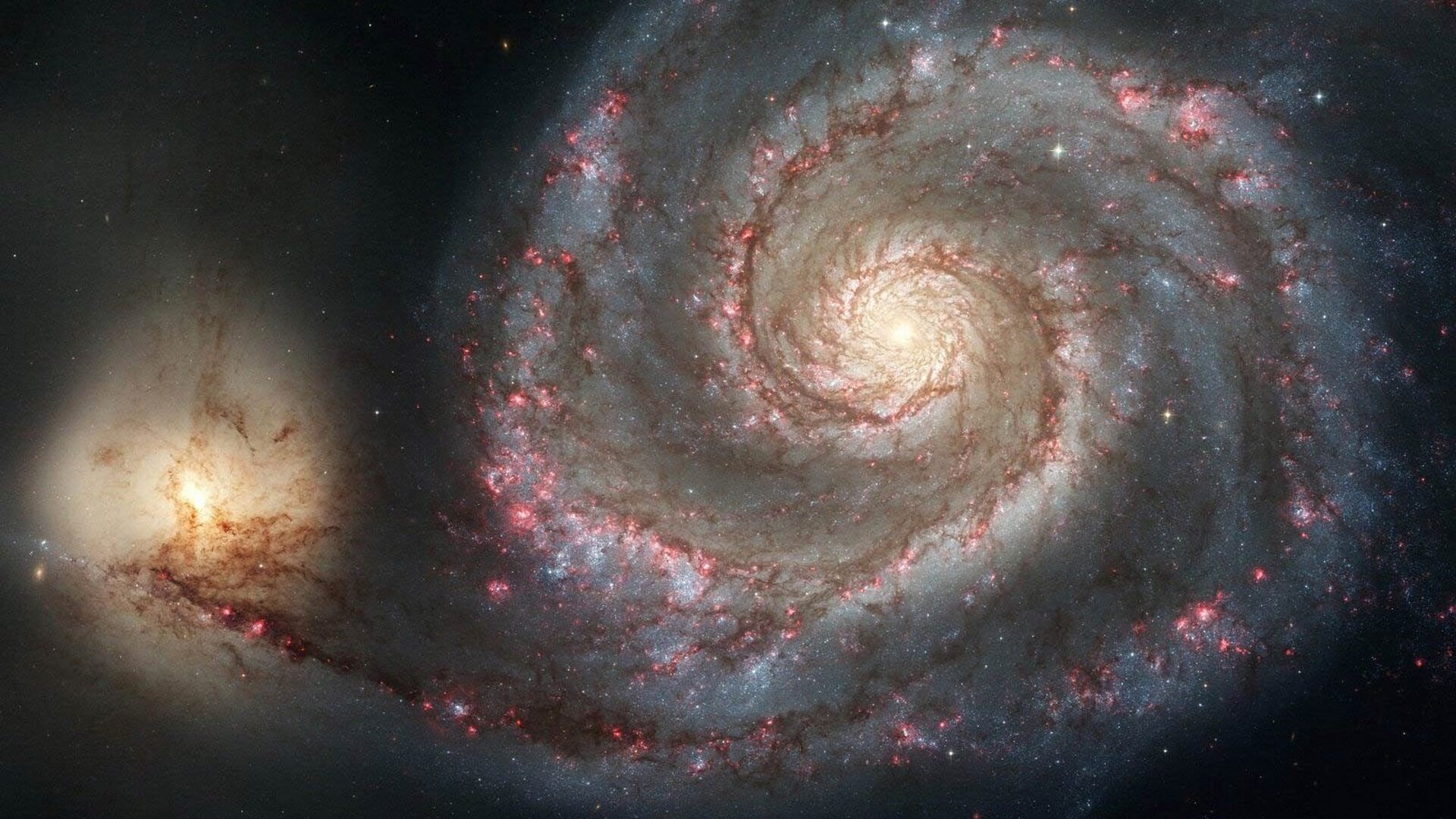
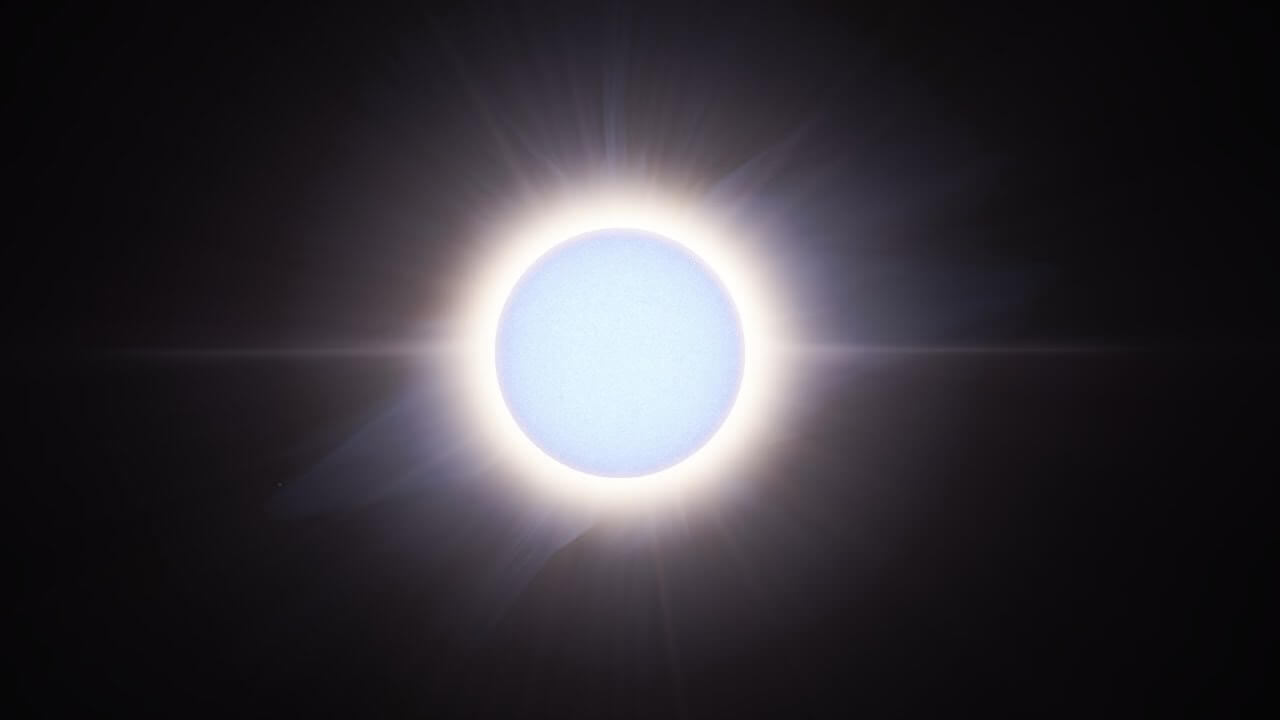
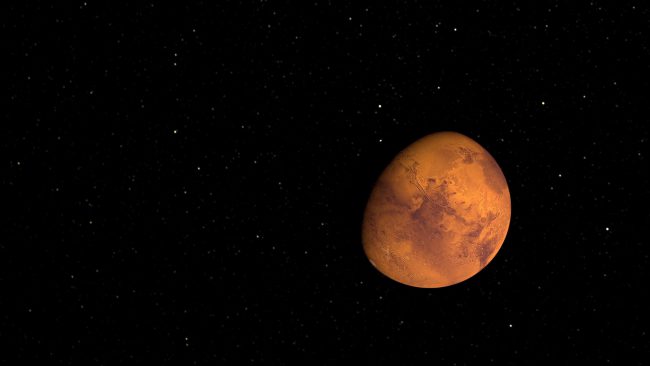
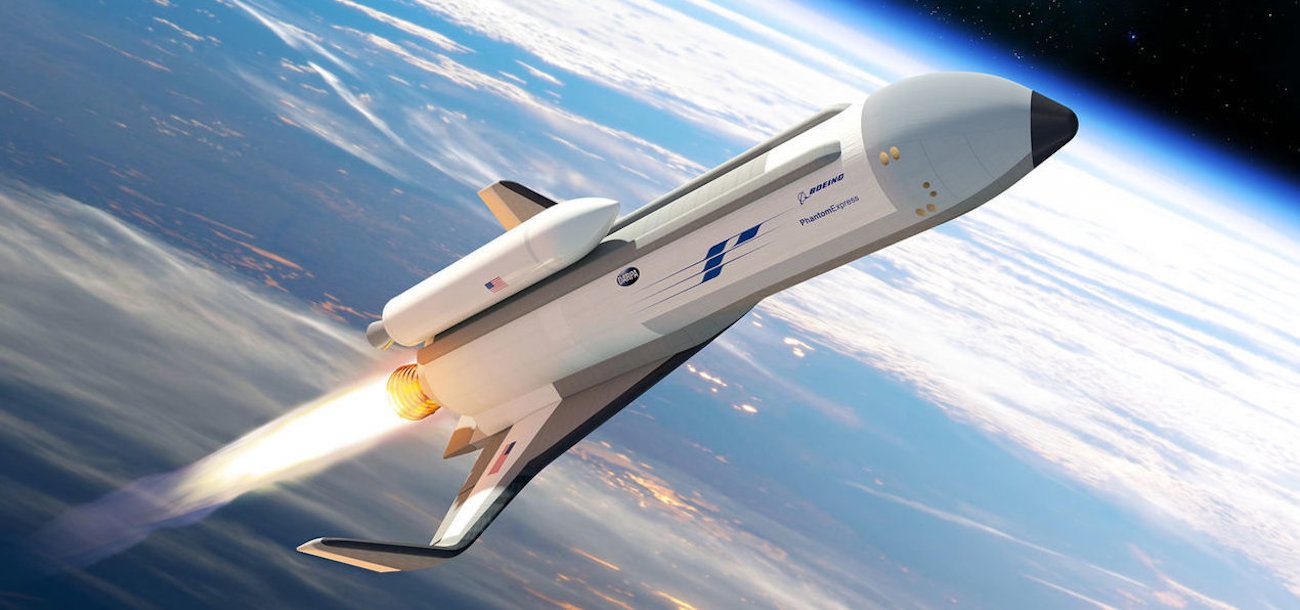
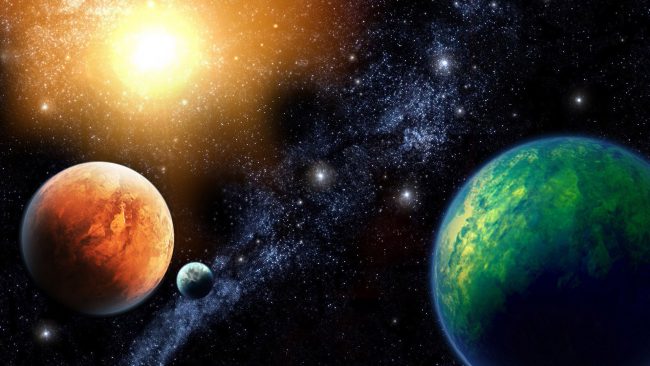
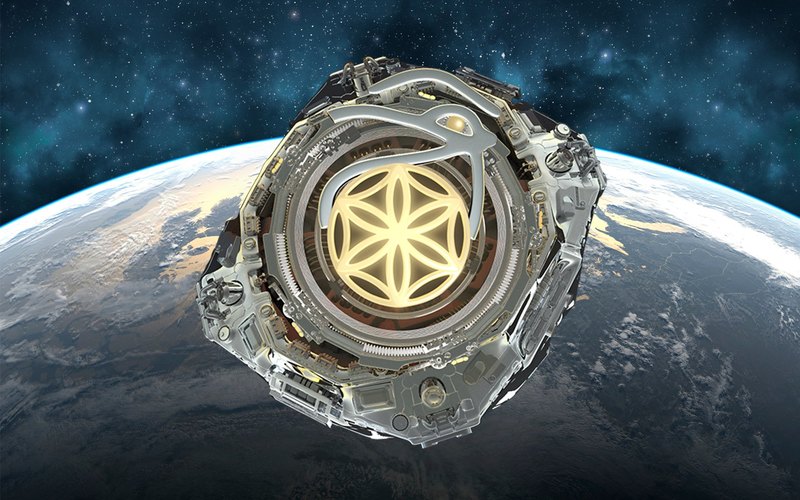
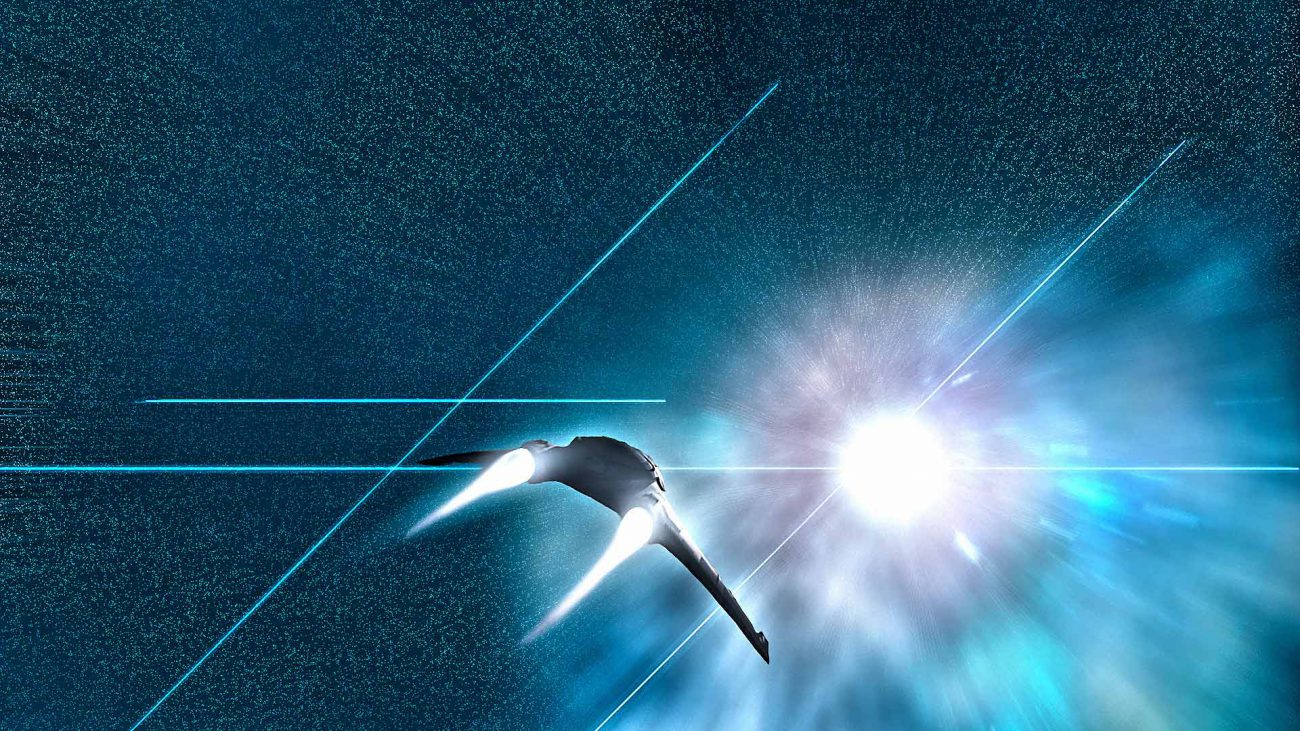
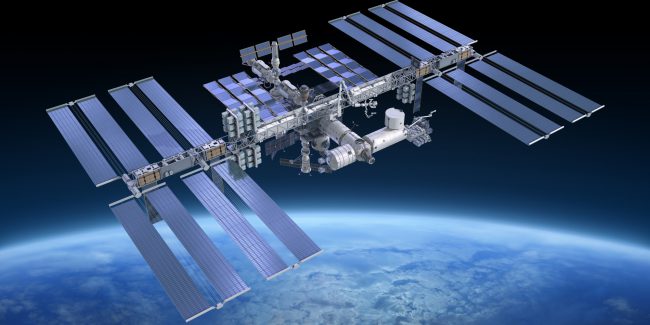

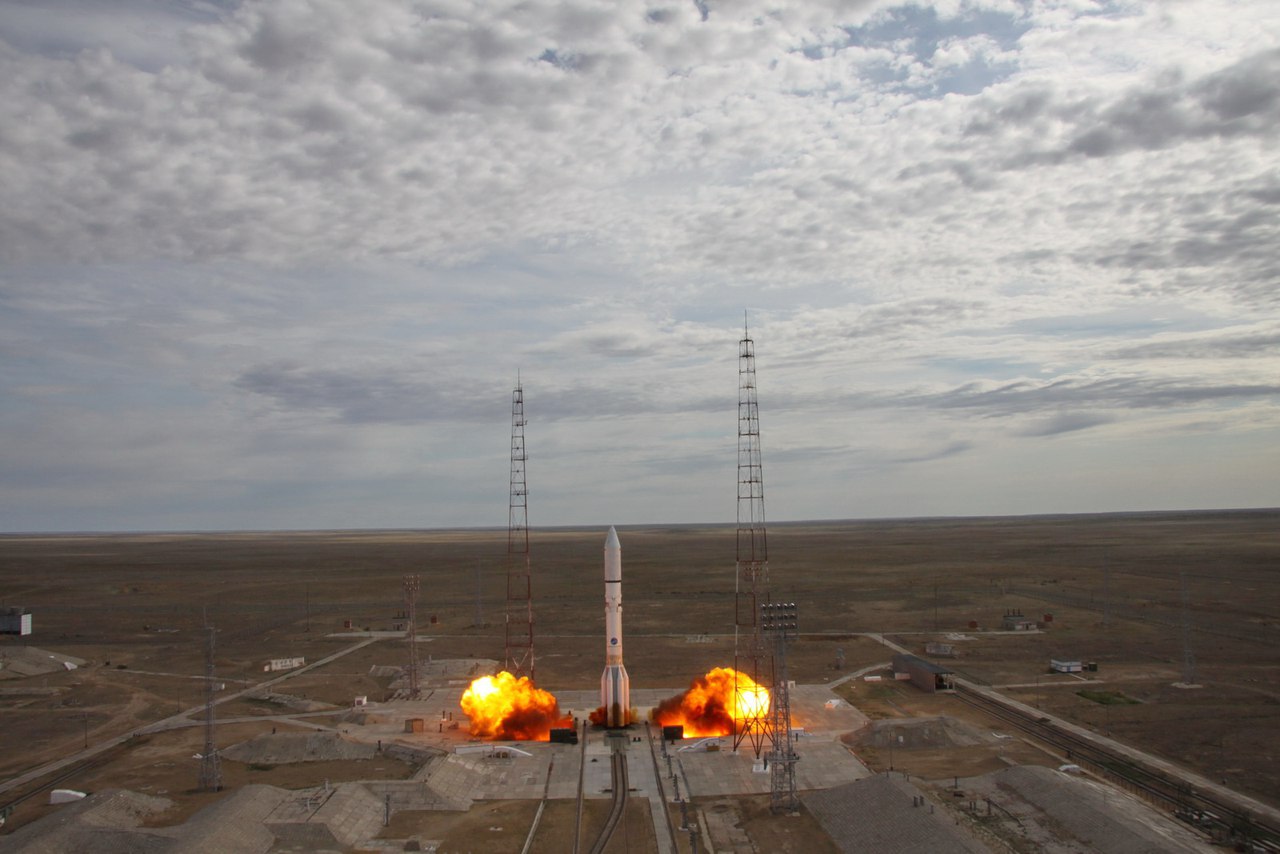

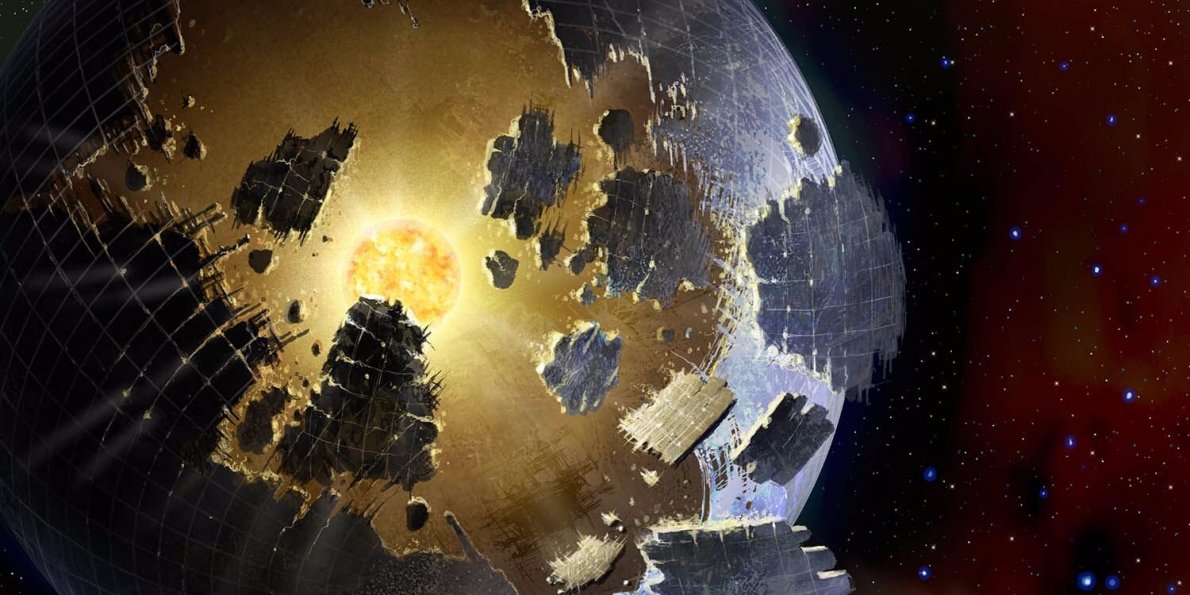
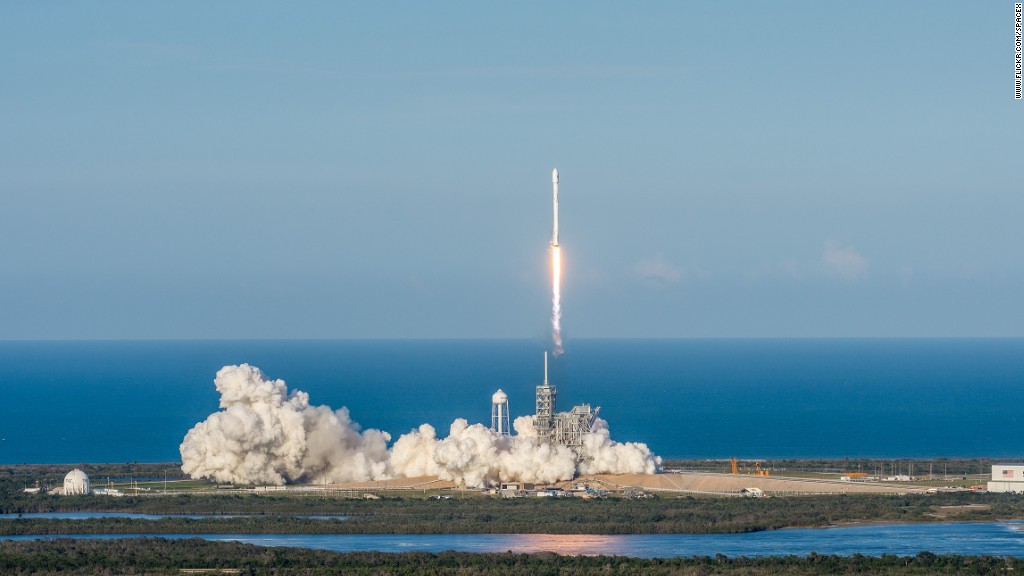
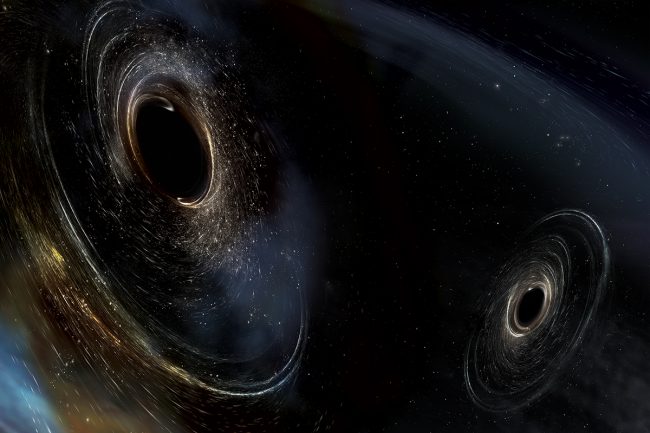
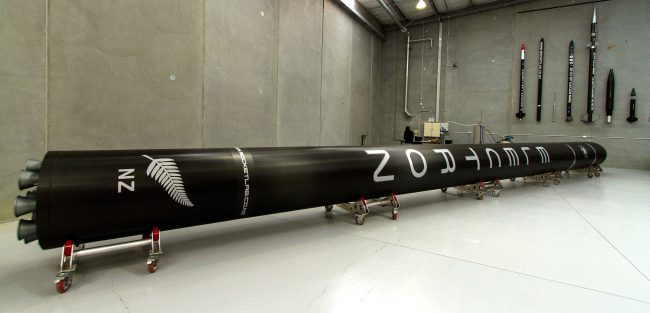
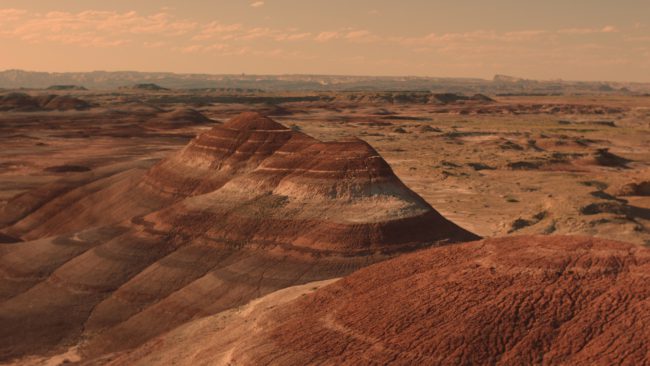
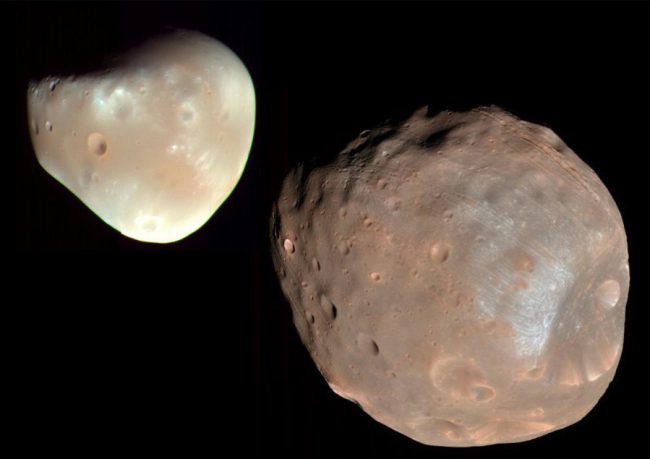
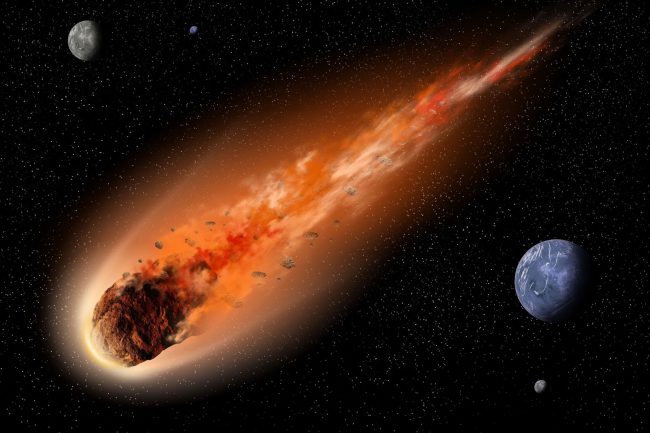

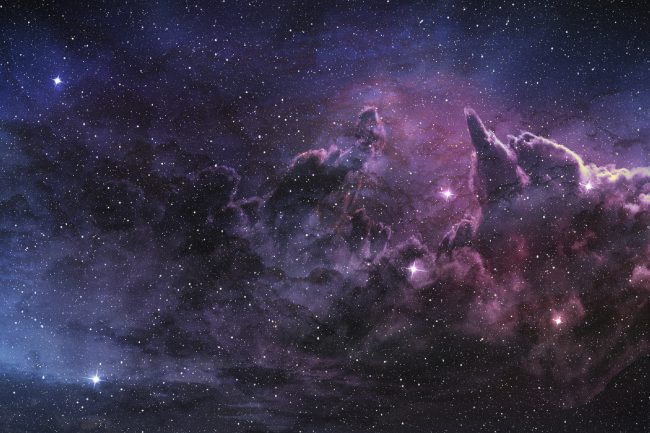
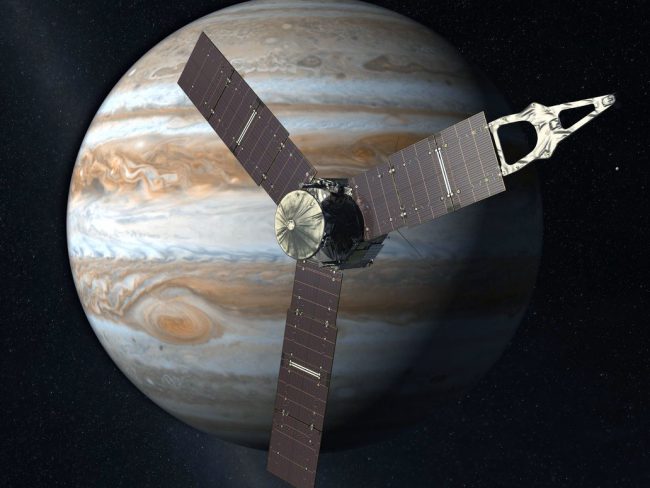
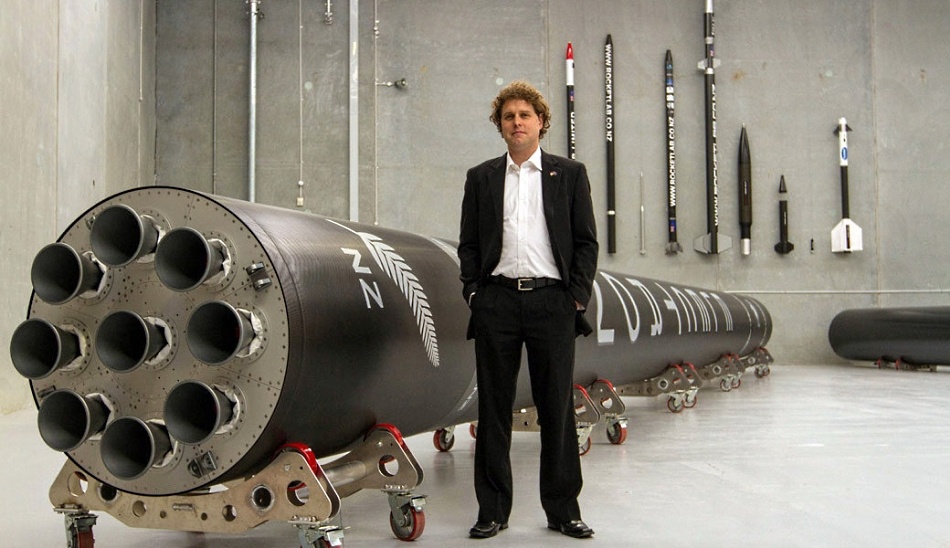
Comments (0)
This article has no comment, be the first!